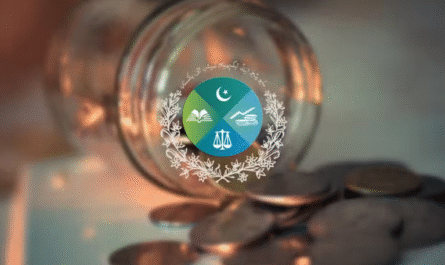In a significant move aimed at deepening economic ties and regional cooperation, Prime Minister Shehbaz Sharif has reaffirmed Pakistan’s commitment to enhancing bilateral trade with Iran, targeting an ambitious trade volume of $10 billion in the coming years.
The announcement came during a high-level meeting with Iranian officials, where both nations expressed strong resolve to remove trade barriers, enhance connectivity, and expand cooperation across sectors such as energy, agriculture, border trade, and transportation.
Pakistan, Iran Keen To Boost Bilateral Trade Volume To $10 Billion: PM.
A Strategic Partnership in the Making
Pakistan and Iran, two neighboring nations with shared cultural, religious, and economic ties, have long emphasized the importance of stronger bilateral trade. However, trade between the two countries has historically remained below potential — hovering between $1.5 to $2 billion annually — due to factors such as international sanctions, lack of banking channels, and border security concerns.
PM Shehbaz Sharif stated,
“The time has come to unlock the true potential of Pakistan-Iran trade. With mutual trust, clear strategy, and enhanced cooperation, we can achieve the $10 billion milestone sooner than expected.”
Key Areas of Economic Cooperation
Both sides have identified the following areas for boosting trade:
- Energy Cooperation: Pakistan is keen on expanding electricity imports from Iran, particularly for underserved regions in Balochistan. Plans to complete the long-delayed Pakistan-Iran gas pipeline are also back on the agenda.
- Border Markets: The two countries have agreed to expand the number of joint border markets to enhance legal trade, improve livelihoods in border areas, and curb smuggling.
- Transportation & Infrastructure: Greater connectivity through improved rail and road links — including development of the Quetta-Zahedan rail corridor — is being prioritized to reduce logistical costs and facilitate cross-border commerce.
- Agriculture & Food Products: Iran has shown interest in importing more rice, textiles, and surgical instruments from Pakistan, while Pakistan aims to increase imports of Iranian fruits, petroleum products, and chemicals.
Banking & Barter Trade Mechanisms
One of the key obstacles to Pakistan-Iran trade has been the lack of international banking facilities due to sanctions on Iran. To bypass this issue, both countries are exploring barter trade arrangements and local currency settlements, along with the establishment of special economic zones at border points.
Regional Significance
This initiative comes at a time when both countries are aligning their economic goals with regional connectivity projects such as China’s Belt and Road Initiative (BRI) and Pakistan’s Vision Central Asia. Enhanced Pakistan-Iran trade is expected to contribute to regional stability, reduce dependence on traditional trading partners, and unlock new routes for commerce through the Gwadar and Chabahar ports.
The Road Ahead
While the goal of reaching $10 billion in bilateral trade is ambitious, it is not unattainable. Success will depend on consistent political will, infrastructure upgrades, resolution of banking issues, and transparent trade policies. Both governments have pledged to meet regularly through joint economic commissions to monitor progress.



